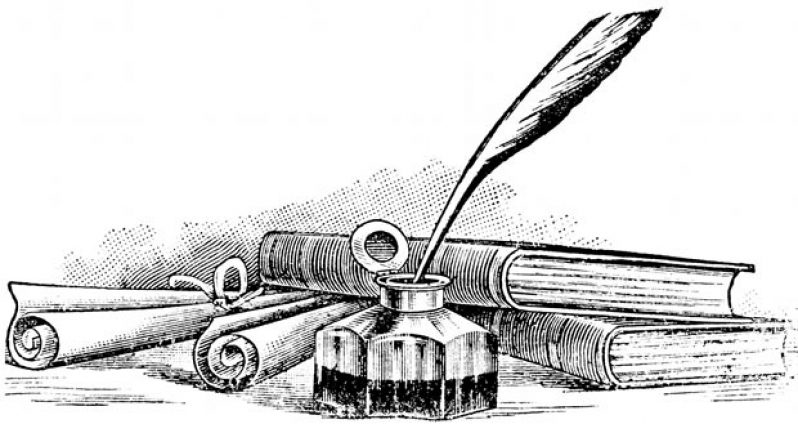IF you are fond of writing and won’t stick to sweet nothings or place yourself under somebody’s thumb, you had better watch out, because sooner or later the secret police will go after you. I became forcibly aware of this when I tried to publish my first book, Politics, Race and Youth, in Guyana. It was based on dialogues with Indian youths in Guyana in 1982 and, at the least, revealed signs of the emergence of an inter-ethnic solidarity consciousness among that group. It also showed how the widespread antagonism at the time towards the regime had manifested itself among that group.
Not only was the publication of the book delayed until after the election-riggers in Guyana were removed through free and fair elections in 1992, but it was mutilated when published. The publisher refused to correct and re-issue the book. I managed to salvage a few copies one of which lies in the University of Guyana library.
Recently, in the space of a month, my home was subjected to three break-ins (on June 17, July 10 and July 16) and my losses exceeded $700,000.These thefts occurred in broad daylight when I was not at home.
Though the thieves took away cash and other valuables, their primary interest was in items connected with writing, such as computers, printers, and storage devices, like flash drives. For instance, on June 17, the thieves took away an old flash drive lying on my writing desk but left a Seiko watch valued at $40,000 lying right next to it.
Why would a thief opt for an old, used flash drive worth a thousand dollars over a watch several times its value? Of course, on that occasion, they also took away my computer and my printer.
The real reason for the thefts came out vividly at the second break-in. The criminals carried away from a set of CDs three disks which contained articles and personal files. These were marked “copy of documents” and “documents” and stored backup copies. They left behind CDs containing software of different kinds (word-processing, data-recovery and faxing software). They also ferreted out from among my belongings an old used flash drive of rather limited capacity.
Why should my personal files be preferred by thieves to valuable software? (Of course, they also took away at this time my notebook and a printer, which I had bought as replacement after the first break-in.) Clearly, these are tutored criminals.
Tutored in what? Among other things, in the art of intimidation. The first time they came, the criminals left a hammer on a sofa, right behind the front door, so that it was the first thing to greet me as I entered my home. I made my way to the kitchen, taking in things at a glance, and came to the back door, which I found wide open. As I looked down the stairs, there, at the bottom, was an axe. A hammer and an axe are not trifling symbols of violence, and I doubt whether they were displayed as they were through sheer coincidence.
The point was made even more emphatically on the second occasion. After the criminals entered the house, they bolted the front door from inside, forcing me to use the back stairs. As I ascended, what did I see at the top of the stairs? A cutlass lying by the back door and pointing towards me. On entering, I noticed the linoleum ripped apart, a floorboard removed, and in the space the sharp end of a shovel projecting from the storeroom below, well into the kitchen. The intent was unmistakable— intimidation and disruption.
As if to sustain the momentum of stress, these crimes were committed in rapid succession, with daring and recklessness, all in broad daylight. Furthermore, wrenching off padlocks, ripping out floorboards and smashing window panes are not just wanton acts of brute force, but potent ways of sending intimidatory messages.
What could have triggered these attacks? At the time, I had prepared a collection of essays, stories and speeches, bringing them together within a single volume for the convenience of students and solely for tuition at a private school where I teach English part-time and coordinate the teacher education programme. Relevant questions and issues are raised in relation to each of the twenty pieces entitled “Memorable Prose Pieces.”
The first sign that all was not well was the response of the printer to whom I submitted the manuscript. Though he had earlier unhesitatingly printed other books for me, he now kept putting me off, month after month, with one excuse after another. After eight months of being fobbed off, I approached two other printers. It was at this point, when I persisted, that the attacks were unleashed. The first attack took place two days after I visited one printer, and the second on the very day I had a meeting with another.
What is there in the book to provoke such attacks? On the whole the pieces are quite harmless, conservative readings. But three in particular appear to have infuriated somebody. One of these is an essay on his imprisonment by Jawaharlal Nehru entitled “Animals in Prison.”
A question raised in the book is whether the British practised psychological torture on Nehru. Anyone with a psychology background and some familiarity with sensory deprivation and its effects will not think this an unwarranted assumption. Though Nehru himself is remarkably free from bitterness, what he mentions of his prison experience supports such a contention.
Another question raised is whether “animals” in the title of the essay refer exclusively to infra-human creatures. Or is Nehru drawing attention to the reduction of human beings to the level of animals by the British, given the type of racism in vogue during the colonial era?
Now who would be offended by the broaching of such questions with children during a study of this revealing essay?
A second irritating piece in this anthology is Maxim Gorki’s satire on the billionaire. Who would be upset by Gorki’s narrator’s assertion that there are “kings” in America when everybody knows it is a democracy with an elected president? Also, is not the narrator’s belief that the pocket of a billionaire is large enough to contain the whole senate and church offensive? And who would be outraged by the suggestion that the whole life and activity of the billionaire is marked by illogic?
The third infuriating piece is the speech by a 19th-century Indian chief who reflects on the wrongs heaped upon his people. It is simple and eloquent, a masterpiece in irony. A child who is guided through it is bound to have a firm grasp of the ironic mode and its possibilities. But, alas, the chief not only denounces the spilling of his people’s blood, but castigates “the great [white] father” himself.
Now who would become enraged over the treatment of such material as literature in an English class? Who would regard the teaching of it as subversive? Who would send their criminals against such a teacher?
On a number of occasions before the three recent break-ins, my home had been surreptitiously entered, my computers damaged or stolen and documents removed. Until now, the hand of the White Man’s secret police has not been so visibly inscribed on the crimes.
(By Madan M. Gopal)



.jpg)








